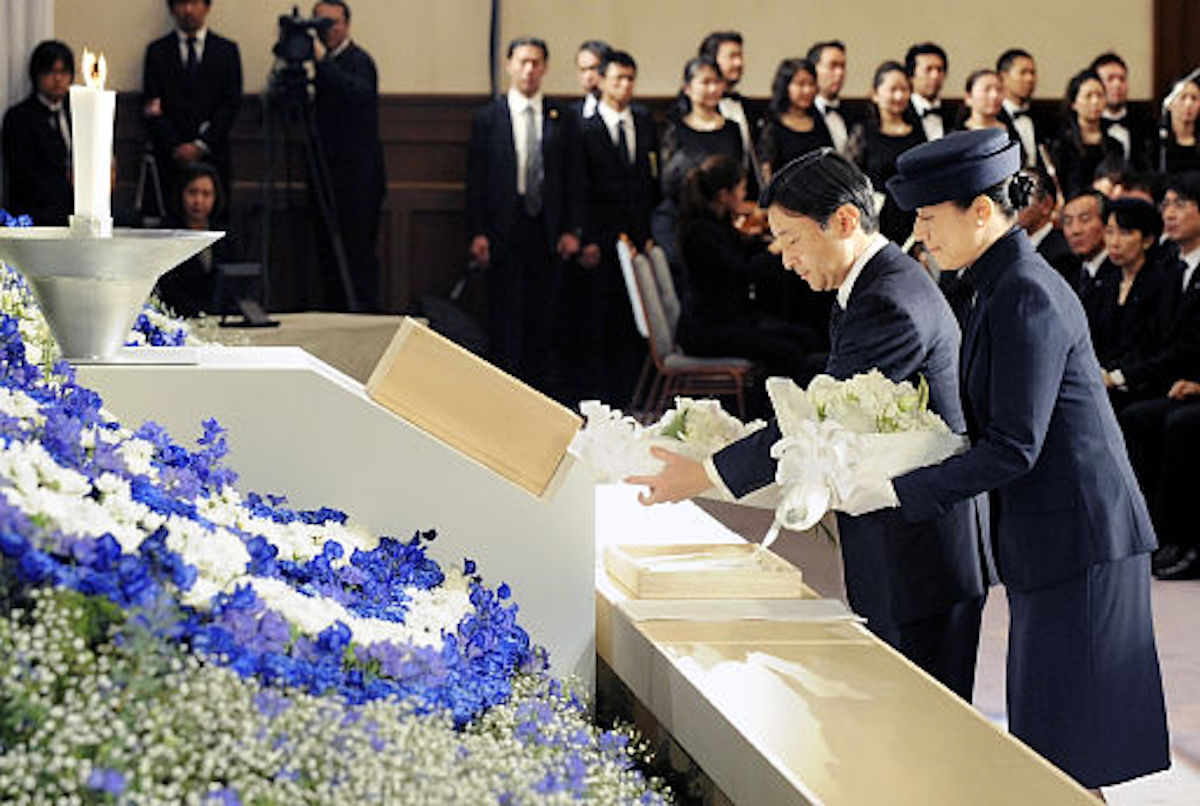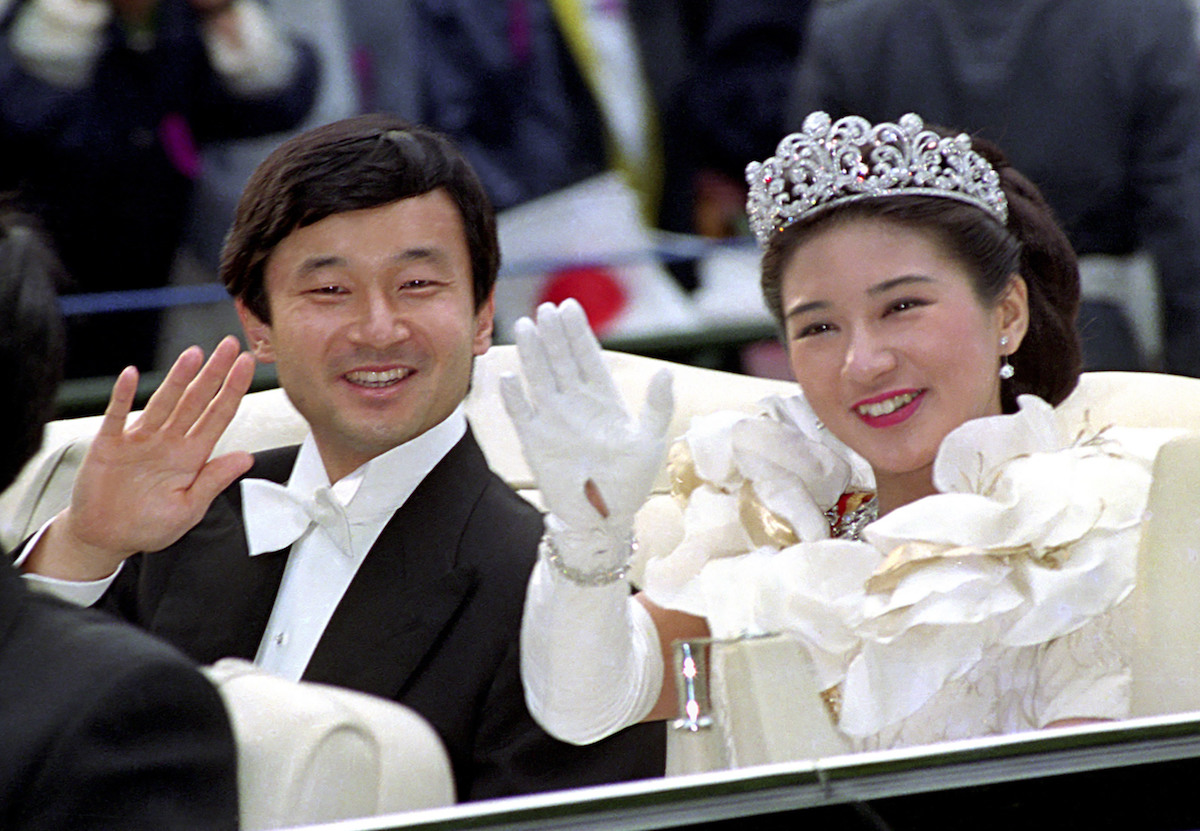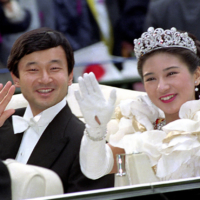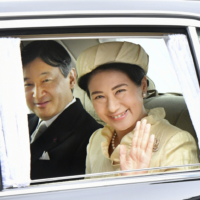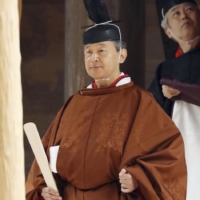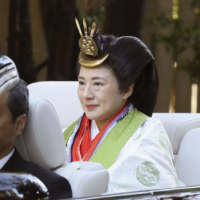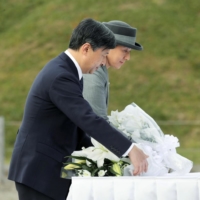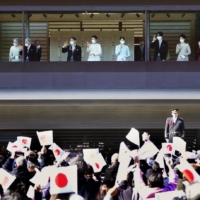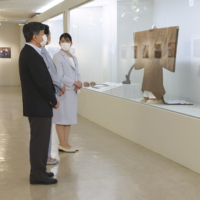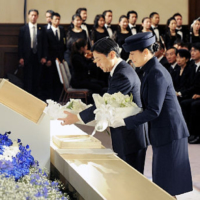This year marks the 30th wedding anniversary of Their Imperial Majesties Emperor Naruhito and Empress Masako. The first step of this marriage was to have it approved by the Imperial House Council, whose mandate covers the marriage of male members of the imperial family, and this occurred on Jan. 19, 1993. This was followed by the Nosai no Gi engagement ceremony on April 12 and the wedding at the Imperial Shinto Hall in Tokyo on June 9.
The couple met at a tea for Spain’s Infanta Elena in November 1986, when the emperor was still crown prince and the empress was working at the Ministry of Foreign Affairs as a diplomat. Together they have one daughter, Aiko. Following the abdication of the Emperor Emeritus Akihito in 2019, the emperor ascended to the Chrysanthemum Throne on May 1 that same year, beginning the Reiwa Era.
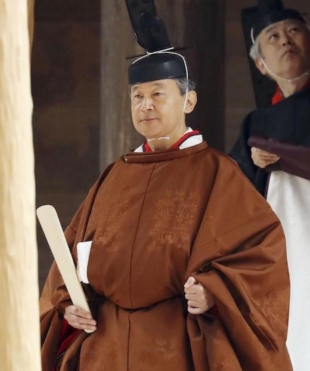
Emperor Naruhito studied at Gakushuin schools before moving on to Gakushuin University’s Department of History for his postsecondary education. He would go onto pursue a Ph.D. in 1983 at Oxford University, researching the history of the River Thames. These academic pursuits would lead into an extended interest in water conservation, water transportation policies and other environmental issues, which have become lifelong passions.
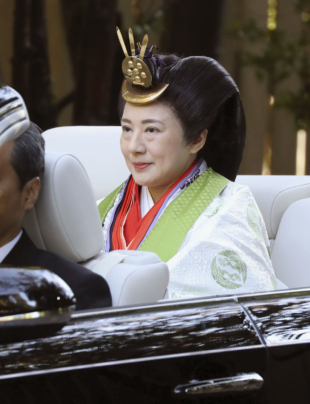
Empress Masako, born Masako Owada on Dec. 9, 1963, is the daughter of former diplomat and International Court of Justice Judge Hisashi Owada. Her university education took place at Harvard in the United States, and she would eventually earn a master’s in public policy. Following in her father’s footsteps in a career in diplomacy, she worked at the Ministry of Foreign Affairs from 1987 to 1993 where her fluency in English, French and German proved to be an asset.
Their wedding was celebrated as a significant event, befitting the then-future emperor’s status, and confirming the popularity and relevance of the imperial family in Japan’s public consciousness. That the ceremony was attended by dignitaries from around the world and broadcast live helped capture the attention and excitement of the Japanese people.
The duties of the imperial couple are primarily ceremonial and symbolic, most importantly perhaps as the emperor is the head of state. Together, they represent continuity and stability, and the modern era of Japanese history since the Meiji Restoration in 1868 has certainly seen the stewardship of the nation in the hands of the imperial family. Since 1945, the position of head of state has been purely ceremonial, the political powers given up at the conclusion of World War II under Article 4 of Japan’s Constitution. The emperor and empress still command great respect among the people of Japan and enjoy popularity as their family has succeeded in providing continuity and stability.
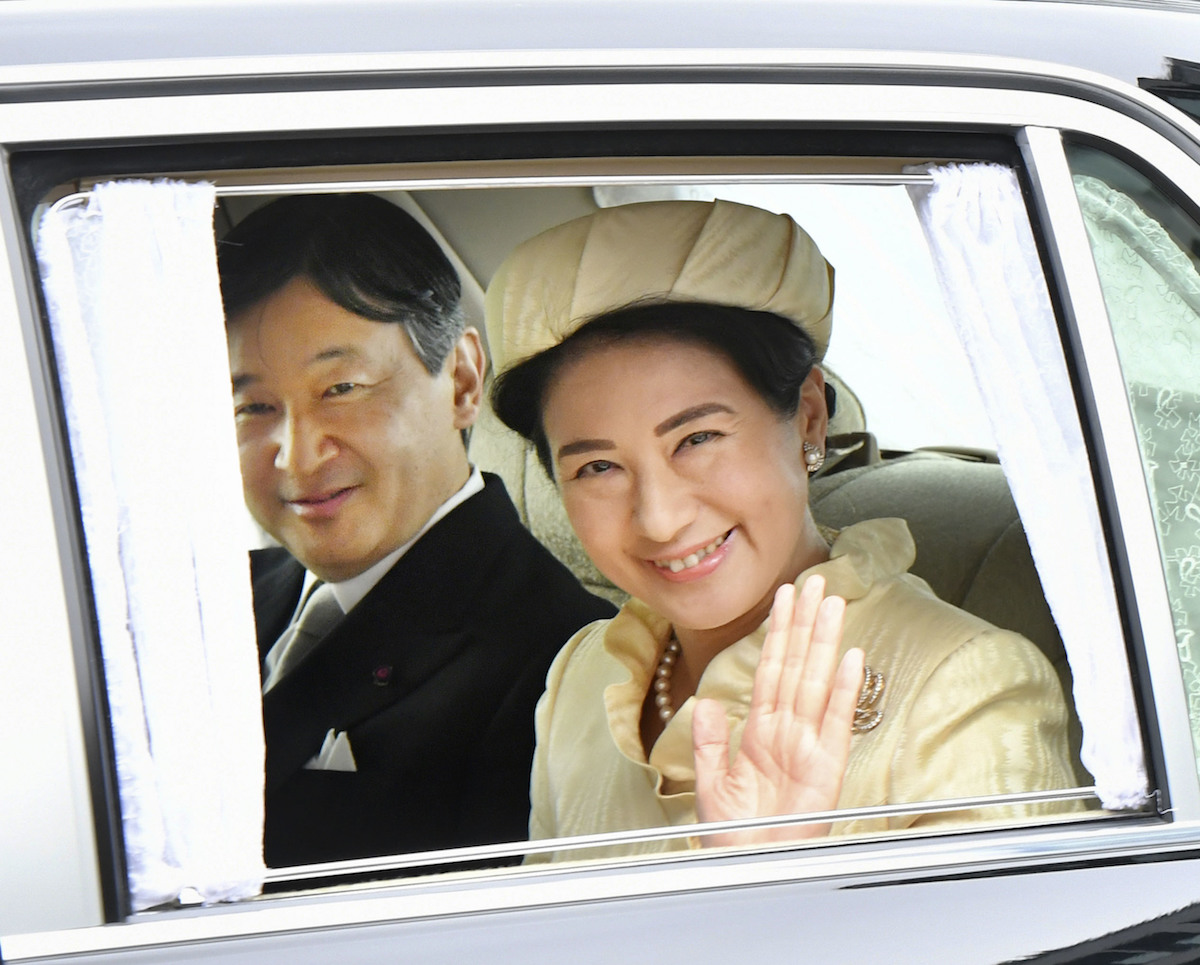
They also participate in various diplomatic activities, giving the empress cause to call on her background as a diplomat. As representatives of the nation at the highest level, they welcome and receive foreign dignitaries, attend state banquets and make official visits to other countries, all of which aim to promote goodwill and foster relations. At the national level, they perform important state functions like opening the Diet and presenting national honors. Their public engagement requirements also keep them busy, as they appear at numerous cultural, educational and charitable events. National celebrations also benefit from their participation, and on a more somber note they also give their support to disaster-hit areas, being there for people in times of need.
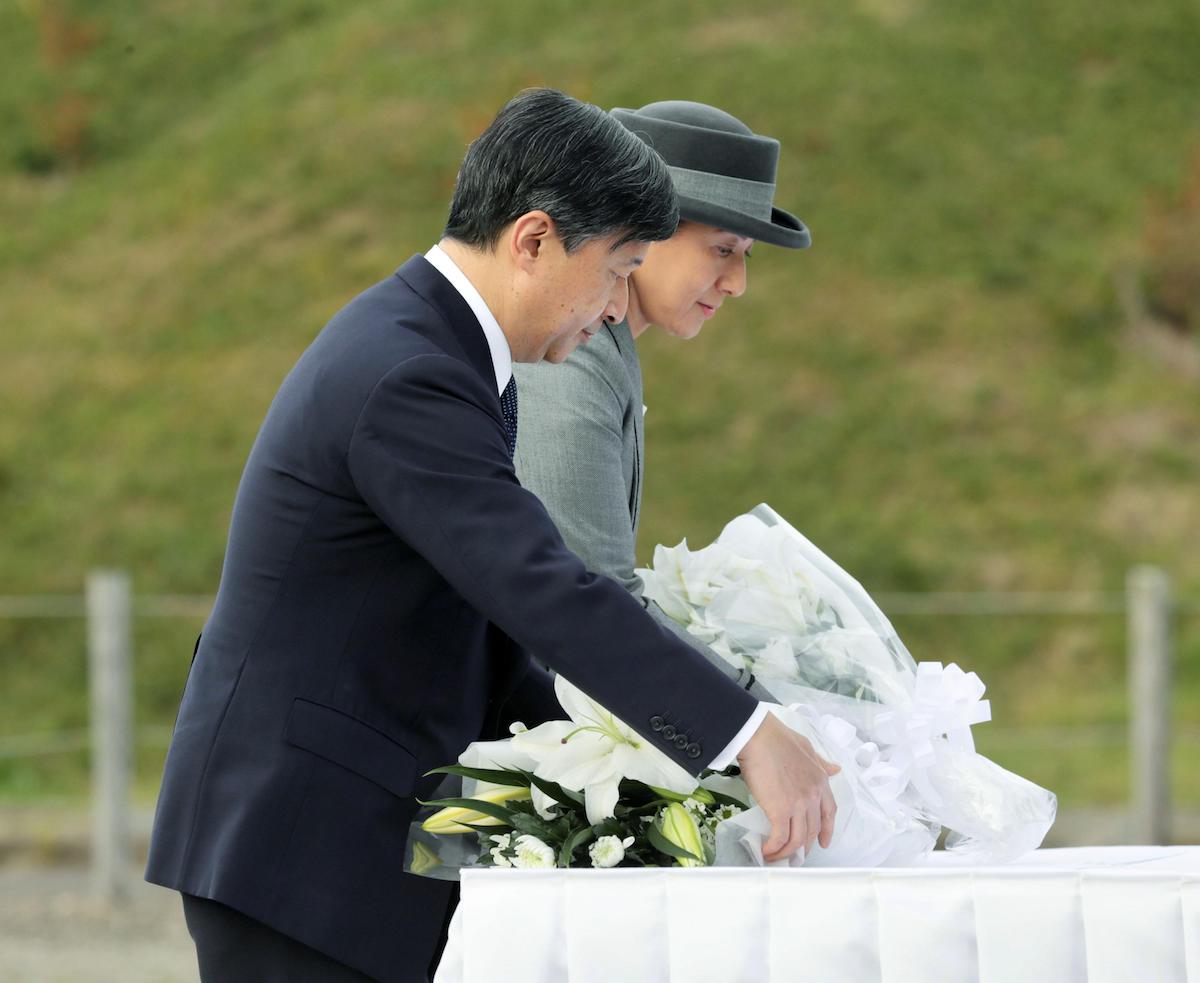
As the most important figure in the Shinto religion, religious ceremonies are a big part of the emperor’s duties and he is accompanied by the empress at events like the New Year’s celebrations. Traditionally, the emperor and empress and other members of the imperial family appear on the veranda of the imperial palace on Jan. 2, and the emperor addresses the people. Other public engagements are often attended by the emperor and empress, such as the opening of the 2020 Tokyo Olympics.
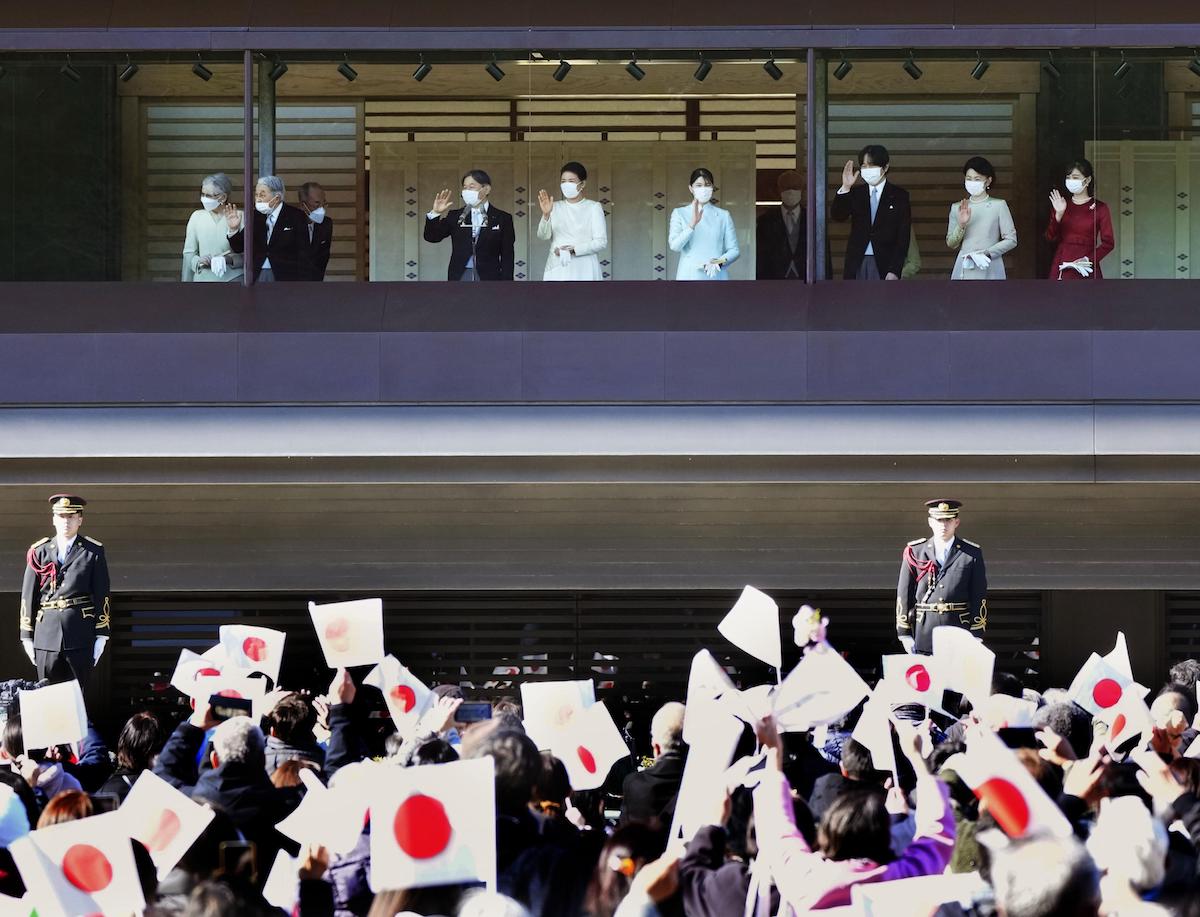
Support and patronage also form a significant part of their contribution to public life. The emperor and empress support and encourage a range of cultural, educational and social activities, and also serve as patrons of the arts, sciences, charitable organizations, cultural heritage, academia and social welfare. This also includes being actively involved in disaster relief efforts and visiting areas affected by earthquakes, typhoons and floods. Their very presence and empathy provide great solace to those in need during such challenging times.
On the more private side, the empress has been struggling with adjustment disorder since December 2003. However, there has been some improvement in her condition, and the empress has been able to take part in activities together with the emperor, such as attending the state funeral of Queen Elizabeth II in Britain in September last year.
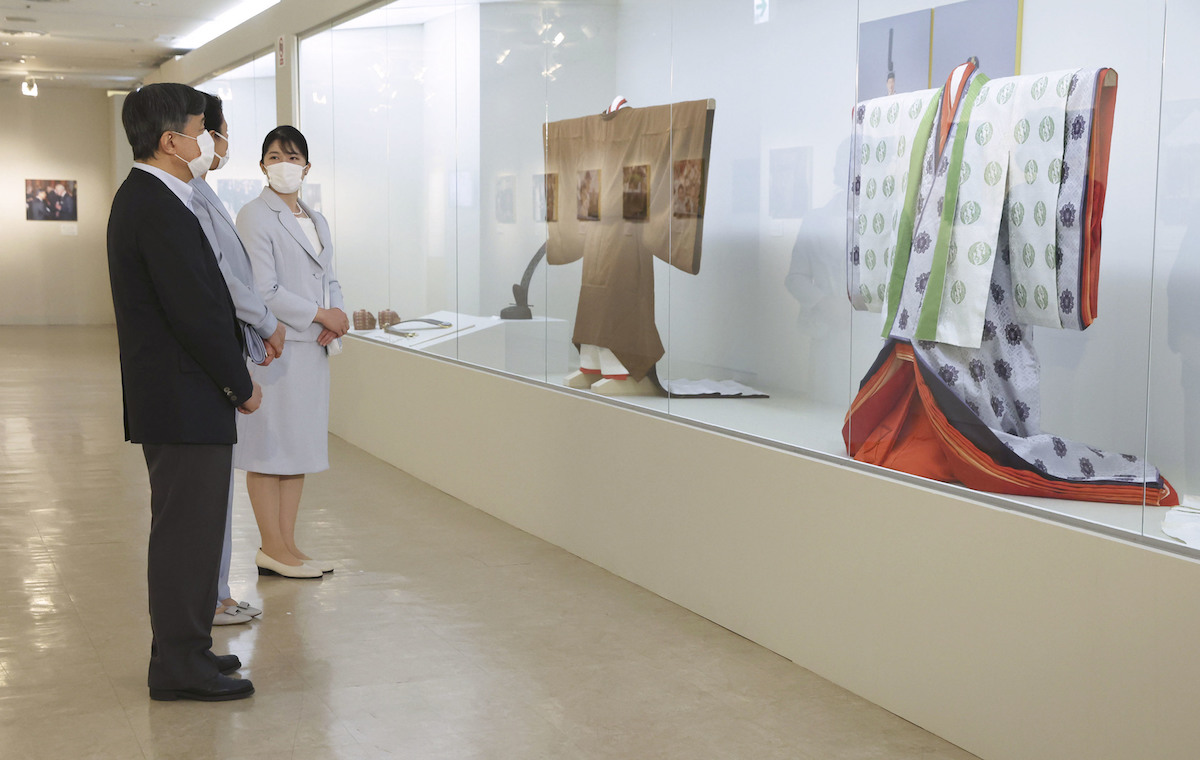
The longest part of their marriage spanned the Heisei Era, with the emperor playing his part as crown prince and heir to the throne. This tumultuous period was peaceful compared to the preceding Showa Era, however the 30 years of the imperial couple’s marriage have certainly been transformative to the nation. There were plenty of difficult times, from the 1995 Kobe earthquake, the unimaginable disaster of the 2011 Great East Japan Earthquake and heavy rainfall and landslides in Kyushu in 2018 and the beginning of the COVID-19 pandemic. On the brighter side, there were plenty of highlights: hosting the talks that created the 1997 Kyoto Protocols to regulate greenhouse gas emissions, joint hosting of the 2002 FIFA World Cup, completion of the Tokyo Skytree as the world’s tallest tower in 2011 and tourist numbers reaching a record peak of 31.2 million in 2018.
Whatever challenges and triumphs await the emperor and empress in the Reiwa Era, they will be there to comfort and guide their people, just as surely as the people will wish them health and happiness.
